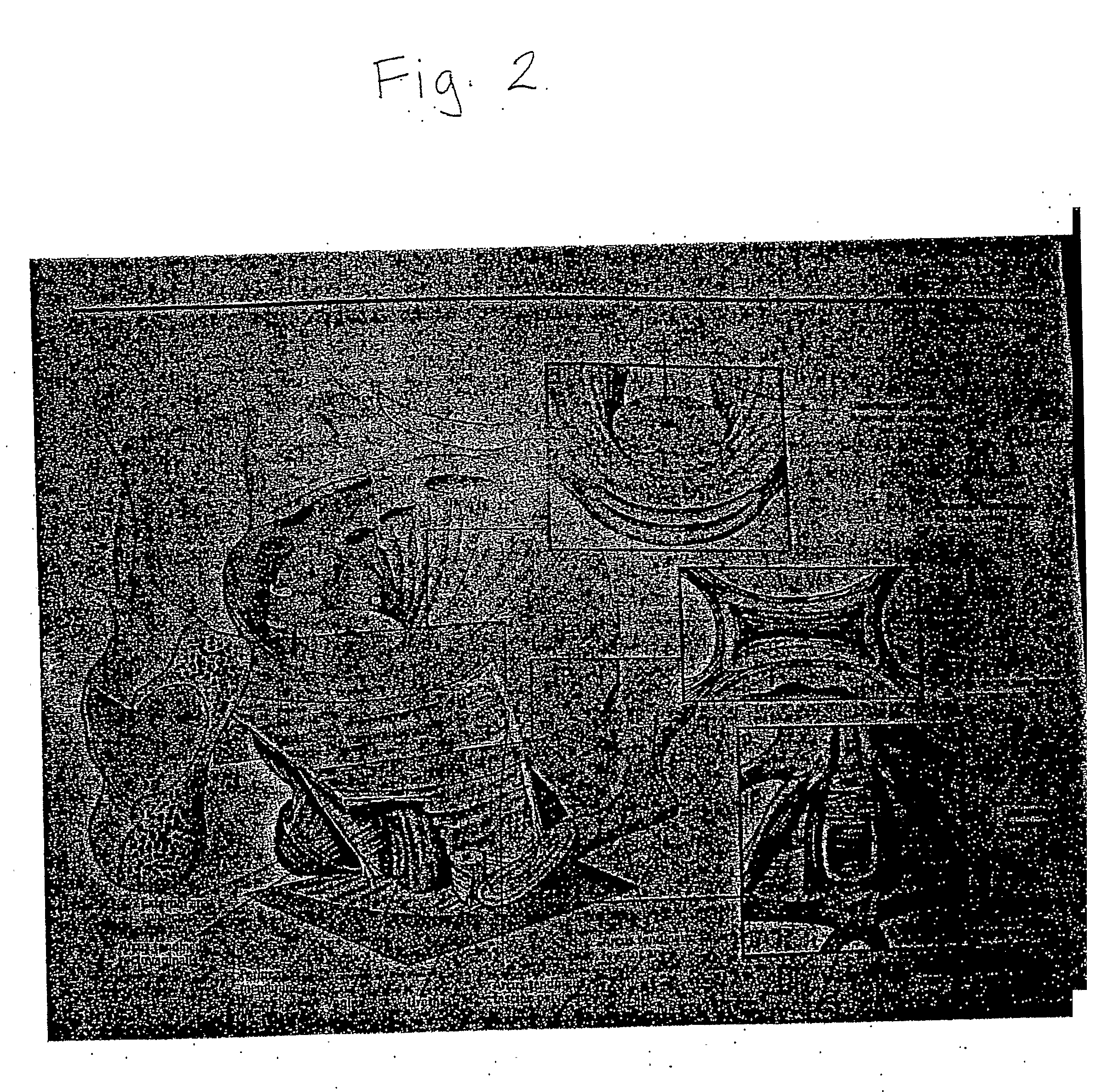Apparatus for Posterior Pelvic Floor Repair
a technology for posterior pelvis and appendix, which is applied in the field of urogenital and gastrointestinal surgery, can solve the problems of dragging feeling, increased importance of problems, and long-standing female genital prolaps
- Summary
- Abstract
- Description
- Claims
- Application Information
AI Technical Summary
Benefits of technology
Problems solved by technology
Method used
Image
Examples
Embodiment Construction
[0045]Referring now to the drawings, wherein like reference numerals designate identical or corresponding parts throughout the several views. The following description is meant to be illustrative only, and not limiting other embodiments of this invention will be apparent to those of ordinary skill in the art in view of this description.
[0046]The relevant anatomy is illustrated in FIG. 1. FIG. 2 shows the various levels of support for the vagina in its normal condition. FIG. 3 shows the disrupted anatomy when the rectum bulges into the vagina in the case of rectocele. FIG. 4 shows a rectal prolapse.
[0047]FIG. 5 shows a preferred embodiment of the implant of the present invention. The implant 1 for repairing posterior pelvic floor pathology includes a central support portion 2 having a plurality of arms. The central portion has an anterior end 3, a posterior end 4, and two lateral ends opposite each other, 5 and 6. The implant preferably comprises a first pair of arms, 7 and 8, extend...
PUM
 Login to View More
Login to View More Abstract
Description
Claims
Application Information
 Login to View More
Login to View More - R&D
- Intellectual Property
- Life Sciences
- Materials
- Tech Scout
- Unparalleled Data Quality
- Higher Quality Content
- 60% Fewer Hallucinations
Browse by: Latest US Patents, China's latest patents, Technical Efficacy Thesaurus, Application Domain, Technology Topic, Popular Technical Reports.
© 2025 PatSnap. All rights reserved.Legal|Privacy policy|Modern Slavery Act Transparency Statement|Sitemap|About US| Contact US: help@patsnap.com



